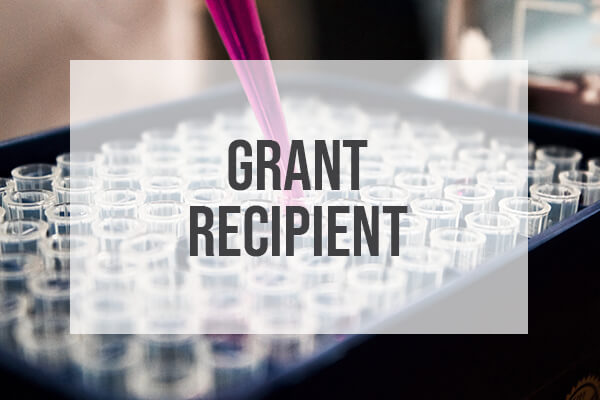Waikato Medical Research Foundation
BACKGROUND
Neonatal hypoglycaemia is a common metabolic condition in newborns which is believed to affect 5-15% of infants in the first week of life(Cornblath and Naeye 1965; Harris, Battin et al. 2009; Harris, Weston et al. 2009). While mild hypoglycaemia may represent normal metabolic adaptation to life outside the womb, severe hypoglycaemia has been associated with reduced intelligence, mental retardation, cerebral palsy, motor development deficits, seizures, visual impairments and learning difficulties. Despite being common, little is known about the long-term consequences of neonatal hypoglyceamia and controversy exists around the definition of low blood glucose in infants, significance of acute symptoms and management. The over-arching aim of the Children with Hypoglycaemia and their Later Development (CHYLD) study was to determine the impact of neonatal hypoglycaemia on development at two- and 4½-years of age. In particular, this grant supported the investigation of vision and visual processing in a large cohort of children who were all born at risk of developing neonatal hypoglycaemia.
Retrospective studies have demonstrated that severe neonatal hypoglycaemia can cause abnormal visual development, but the effect of moderate hypoglycaemia on vision and visual processing was unknown. This grant supported work on the investigation of visual development in a large cohort (n = 403) of children who were all born at risk of neonatal hypoglycaemia as part of the CHYLD study.
A number of studies have found that the dorsal visual stream, which is responsible for the detection and processing of motion, may be particularly vulnerable to developmental disorders. Therefore global motion processing, a function primarily mediated by this pathway, was explored as part of this study as it was postulated that motion detection may provide a sensitive marker for any effect that neonatal hypoglycaemia had on cortical visual development
Would you like to support the work of the Foundation?
Contact us for more information, or simply make a donation.




